Finding their footing
All incoming students take part in ‘flipped’ orientation
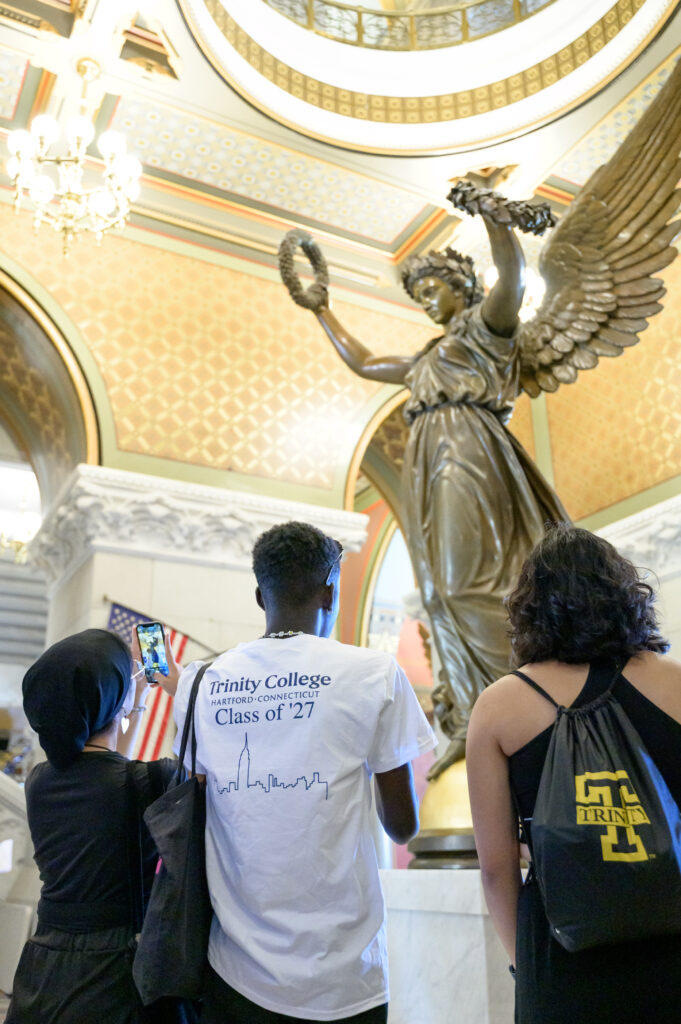
By Andrew J. Concatelli
Photos by Nick Caito
“How do we welcome students from all over the world and help them to come together and start being Trinity Bantams?”
John L. Selders Jr., assistant dean of students, said that this question guided the creation of a reimagined New Student Orientation program that was introduced in fall 2023. “It’s all about building a Bantam identity right off the bat,” he says.
A conversation after the previous fall’s orientation led to a significantly restructured program that is designed to foster a greater sense of community among the new students and a more immediate connection to the campus and to the city of Hartford, according to Jody T. Goodman, dean of student life.
“We flipped orientation on its head this year,” Goodman says. In recent years, incoming first-year students could choose to arrive on campus several days early for a limited number of intensive special-interest pre-orientation programs. After these small groups had bonded, the remainder of the new students would move in and the whole class would begin orientation programming after Convocation. Now, the order is reversed, and every student is included in the entire process.
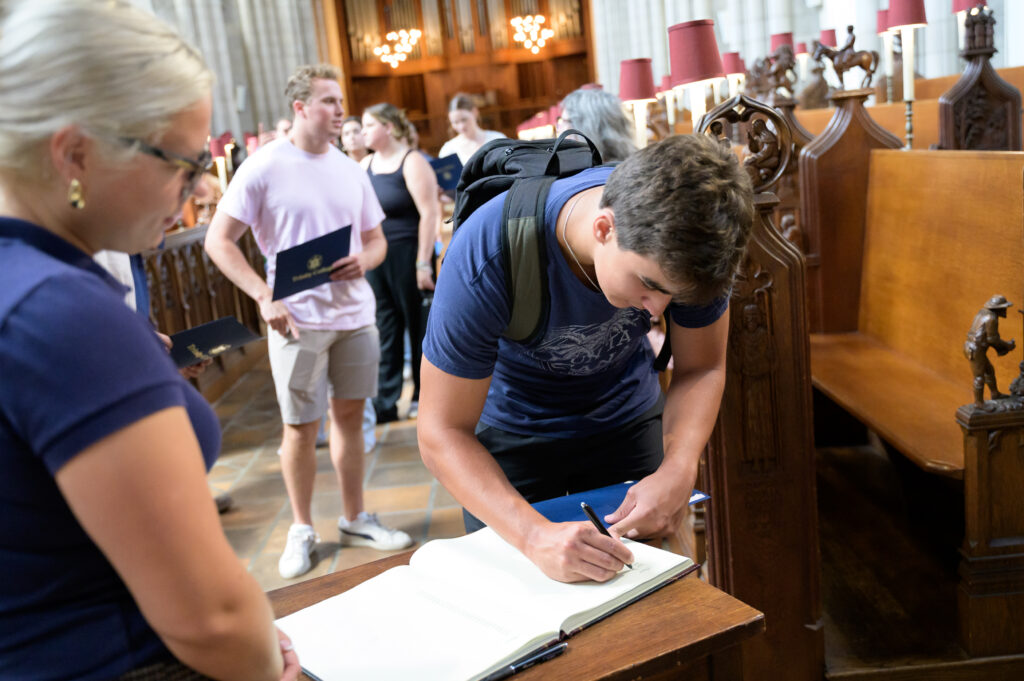
In the updated format, most new students arrive on the same day for the Convocation and Matriculation ceremony, marking the start of the academic year (some exceptions include early-arriving student-athletes and participants in the P.R.I.D.E. Welcome Weekend; see the Trinity Treasure for more on the latter). Along with their assigned orientation groups—each with a student orientation leader—all students attend workshops related to important social and wellness topics and informational sessions about academics. They are introduced to their first-year seminars, meet their residential learning coordinator and resident adviser, and take part in traditions old (signing the Matriculation Book, which dates back nearly 200 years) and newer (a candle-lighting in the Chapel, which began in 2017).
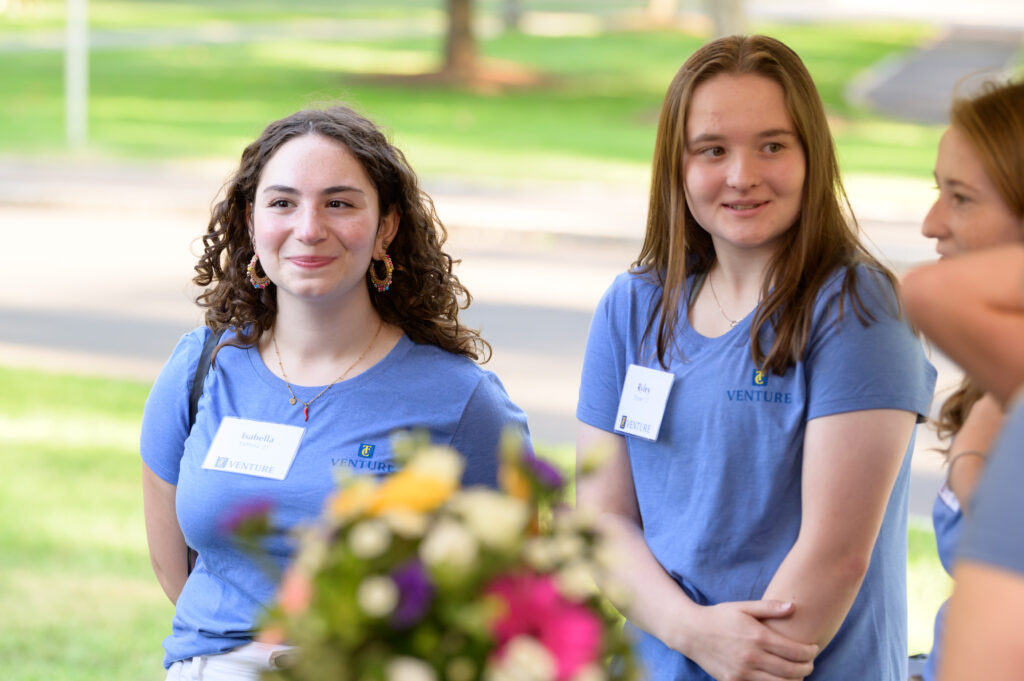
Finally, students break off into specific Orientation NEXT programs, which have replaced the optional pre-orientation programs [see below]. Goodman says this puts all students on the same footing, giving everyone the time and opportunity to form bonds and eliminating possible barriers to participation.
Matthew Hyde, dean of admissions and financial aid, says that he and his team played a role in this new process by helping to put together the orientation groups. “With 10 to 15 students per group, we gathered dynamic, diverse sets of students that represent the dimensions of the class,” Hyde says. “We wanted to create small communities where students could recognize how much they had to learn from their classmates, especially when difference exists.”
To Hyde, having all new students on campus together earlier offers more time for them to engage with their peers as they absorb a good deal of information as a group and create their collective Trinity identity. “It’s so important to build a connection among the new students and between them and the College,” Hyde says. “This new design creates more grace and space for all students to find their footing and not to rush it. Our goal for orientation is to maximize a sense of care, connection, and community, leaving students feeling empowered that they know people here and that they know where to go for support.”
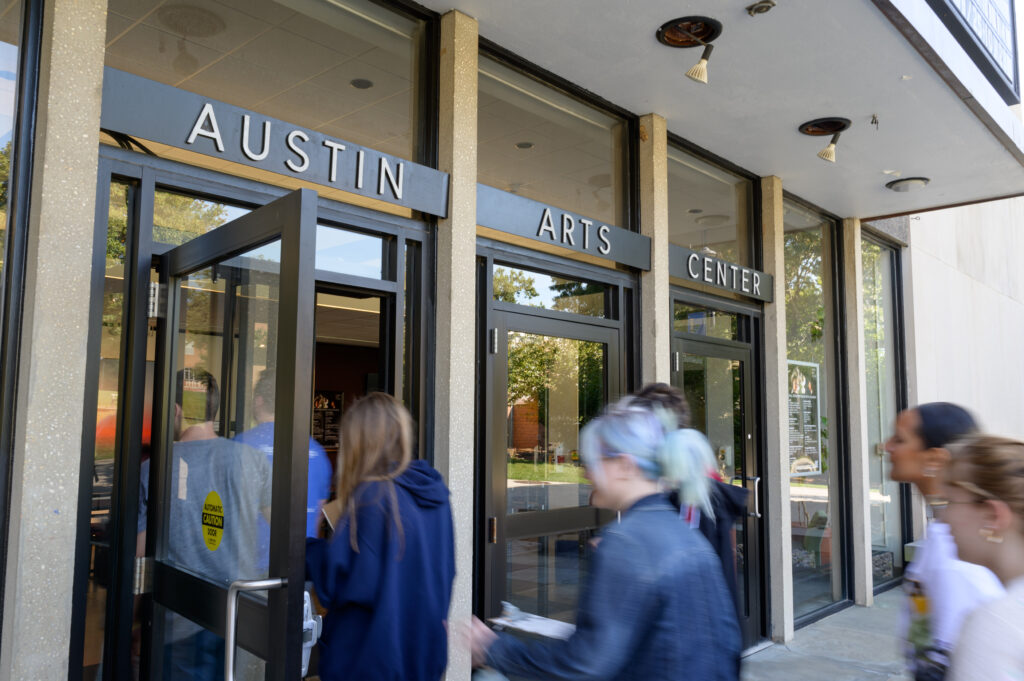
That support system for new students begins with the student orientation leaders. “We had an amazing group of orientation leaders this year who worked really hard. I don’t know how we would have done this without them,” Goodman says. “They even did extra things to help new students feel comfortable on campus, like finding their classrooms.”
Heading up the team of student orientation leaders were chairs Xavier Mercado ’24 and Abby Nick ’24, who began their time at Trinity during the height of the COVID-19 pandemic in fall 2020 and therefore without any on-campus orientation. “Giving new students the time to define Trinity as their own space during orientation is really important,” says Nick. “I wanted to help create the kind of welcoming experience I couldn’t have when I was coming in. Orientation leaders are experts at being students; you can ask them anything. It builds a sense of trust between mentors and younger students.”
Mercado, who says he wanted to be part of orientation to help develop meaningful and intentional relationships, adds, “I was so proud of all the leaders; they were so engaged and on the ball.” He recalls when he was reminded of how every connection can make an impact: “One first-year student who asked me for help on move-in day said I gave him a tour of campus last year when I worked for Admissions,” he says.
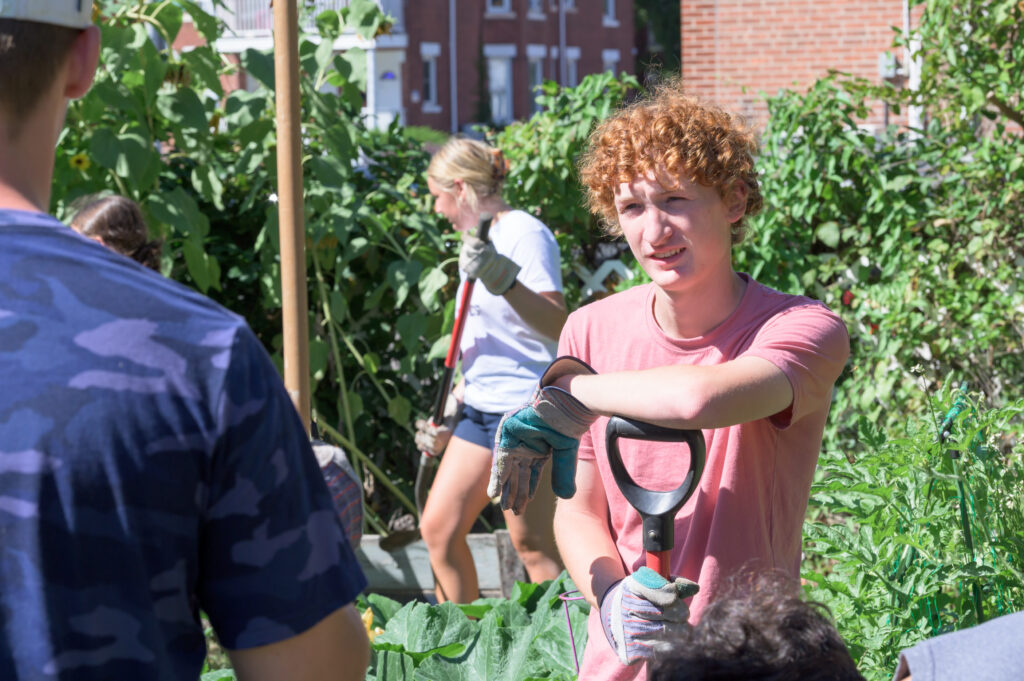
Mercado says that he appreciated how the Orientation NEXT programs encouraged students to get outside of their comfort zones—and off campus—to find new interests related to Hartford. “This is a great way to help students with a smooth matriculation process,” he says.
Among the Orientation NEXT programs that found students exploring their new home city was Insights into Hartford, which included tours and activities focusing on local art, cuisine, sustainability, and more.
“This is an opportunity for more first-year students to participate in the wide array of what Hartford and the region have to offer,” Selders says. “They were moving, eating, experiencing different places, even getting bus passes. Some students visited the State Capitol, and others did a dance class in Bushnell Park. They walked back to campus and learned about the Park Street Library and all that Parkville has to offer, just a few blocks away.”
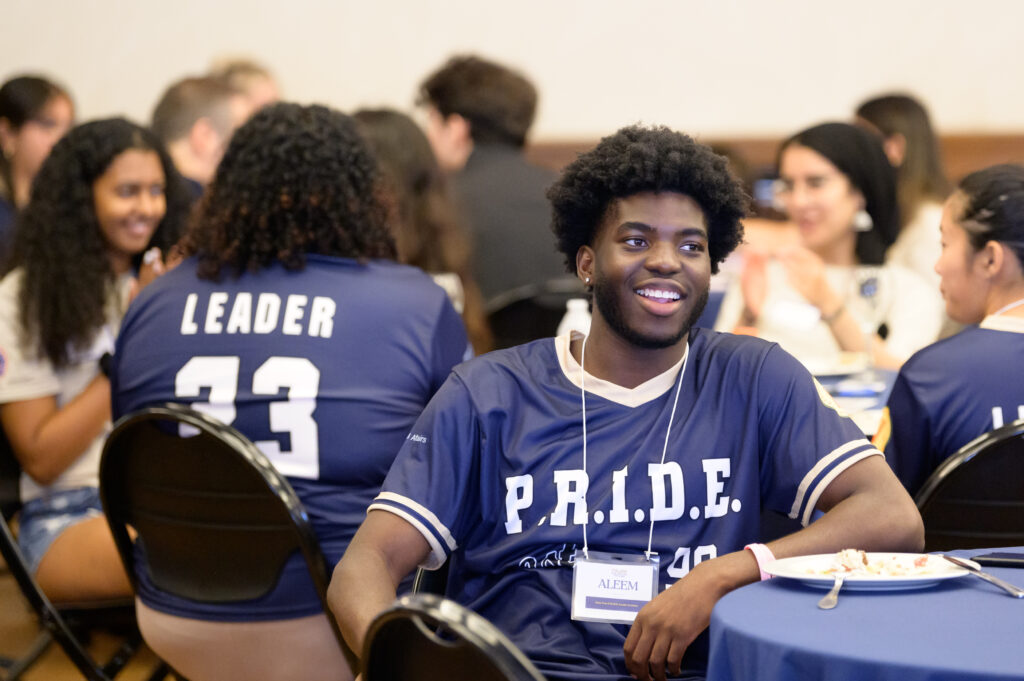
Throughout New Student Orientation, organized activities didn’t stop when the sun went down. “There was so much energy at our late-night orientation programming that I don’t think I’ve seen before,” says Goodman. The informal events included a carnival, a karaoke night, and bingo and other games. “I loved seeing students outside with some music playing, just talking and laughing,” she says. “Good, clean fun was happening in those spaces, and it just felt good to be there.”
New students weren’t the only ones becoming oriented with Trinity and all it has to offer. Parent orientation was expanded to a two-day program, rather than just one afternoon. Goodman says the sessions were well attended, with more than 300 people registered. “We invited a lot of people parents always want to speak with, like faculty members and staff from the health center,” she says. “I think everyone asked great questions and walked away with a really positive experience.”
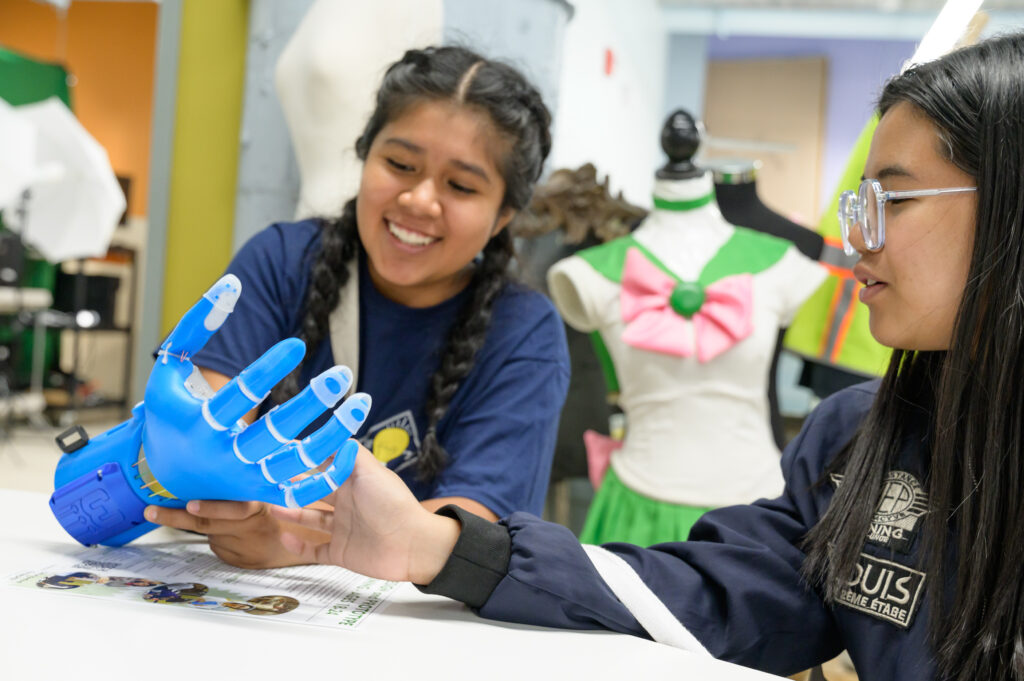
As the Office of Student and Community Life gathers feedback and lessons from this year’s experiences, work on next fall’s New Student Orientation has already begun, with plans to refine the schedule and to recruit more staff and faculty partners from across campus.
“We’re all very proud of the work we do to provide meaningful first experiences,” Goodman says. “It is important for all students to feel a sense of pride in the whole community when they get here: you’re a Trinity student, you ought to be proud of that and build a sense of belonging.”
Adds Selders, “We don’t get another chance to make a first impression. All of this planning and hard work goes into providing days of activities and programming so that new students can feel welcome and feel more comfortable that, for the next four years, this is home.”
Orientation NEXT
BANTS: Fall Early Returning Athletes
First-year fall student-athletes explore foundational concepts of leadership, teamwork, and wellness with an athletics nexus.
Building Better Bantams
Incoming students build their leadership skills as members of the Bantam community through this multidisciplinary program for emerging leaders.
Elizabeth Elting Foundation Venture Conference for Women’s Leadership
Through sessions on team building, strengths assessment, and more, new students have an opportunity to get to know future classmates interested in women’s leadership.
Insights into Hartford: Our Place, Our Home
Incoming Bantams are provided a unique lens through which to view Trinity’s home city. The Hartford-focused programming includes:
- Amazing Race
- COMPASS: Trinity College Chapel’s Orientation NEXT Program
- hARTford
- Hartford Highlights
- Hartford Is Home
- Hartford on a Plate
- Sustainable Trinity, Sustainable Hartford
Invention, Innovation, and Entrepreneurship
New first-years experience multiple field trips to explore innovation around Hartford, including visits to RTX Technologies Research Center and Six Flags New England, to see engineering in action.
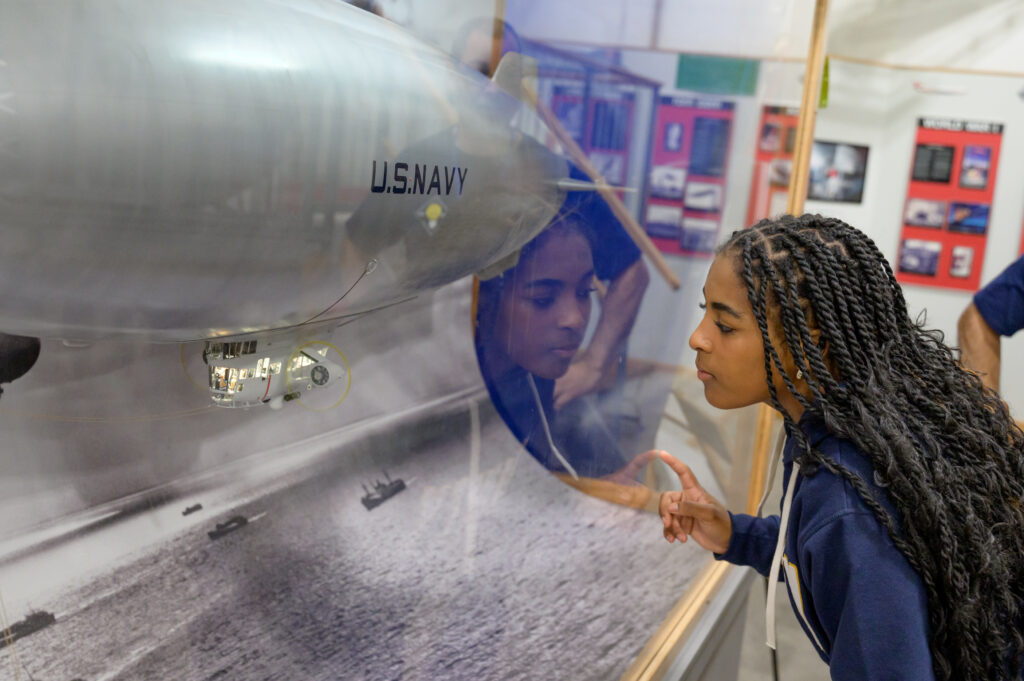
Quest: Outdoor Adventure
Through Trinity’s outdoor orientation program, incoming students focus on leadership development and community building while starting their college journey with a wilderness adventure.
Summit 2 Success Scholars
New students design their Trinity experience and prepare to navigate college transitions successfully through this program designed to support transitions and academic engagement.
